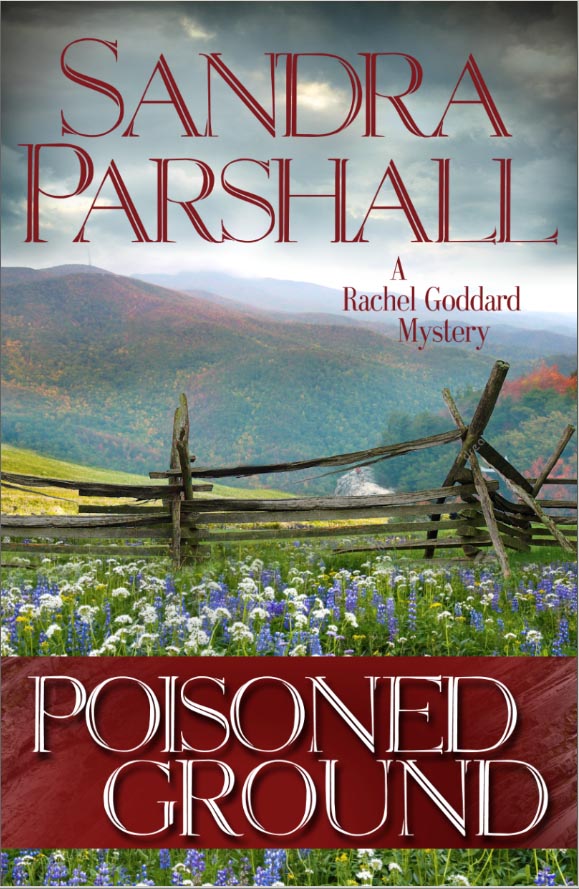I’m a fan of historical mysteries, and an author of almost-historical ones. I say almost because my Vietnam veteran mysteries take place roughly 30 to 35 years ago, which doesn’t quite meet one common definition of a historical novel.
The Historical Novel Society (http://www.historicalnovelsociety.org/main.htm) uses this working definition: “To be deemed historical (in our sense), a novel must have been written at least fifty years after the events described, or have been written by someone who was not alive at the time of those events (who therefore approaches them only by research).”
I’m also married to a military historian, so we spend a lot of time reading and talking about other times. Suzanne Adair’s wonderful post reminded me of another problem that historical writers face.
Suppose you suddenly had no money, no place to live, no job skills, and no family or friends to help you. Would you
a) Apply for social assistance?
b) Take any low-paying job you could find to tide you over?
c) Apply for a student loan so you could train for a job?
d) Advertise in the paper for a marriage partner?
Or suppose you needed help painting your bedroom. A stranger shows up at your door, looking for work.
a) You won’t hire him at all because you’re uncomfortable letting a strange man in your house.
b) You'd hire him if he had good references.
c) You ask him who his mother is and, if you know she’s a God-fearing woman, you hire him.
d) You hire or not hire him based on the shape of his head.
I’m guessing that you didn’t pick answer “d” as your first choice in either situation. In 2007, most of us don’t consider marriage the best way out of economic woes, and we don’t judge a person by the shape of his head.
However, thousands of unmarried British women placed ads in newspapers in the years immediately after the Great War. “Spinster, age 25. Father and brothers died in the war. Willing to marry disabled soldier, if not too disfigured. Respond Box 23.”
In the face of a rigid class system, lack of social assistance, prohibitions on a woman borrowing money or owning property, and a plethora of conventions about proper behavior, marriage to a total stranger was the only hope some women believed they had of avoiding either starvation or prostitution.
My own grandmother, who knew every family in her small town, would never hire a man unless she was familiar with, and approved of, his mother.
In the late 1800s, scientists, policemen, and judges believed that the shape of the head, or some facial feature were reliable guidelines to a person’s character. A person with eyes too close together couldn’t be trusted or a person with a generous mouth was kind. There was even an elaborate effort to measure the heads of all known criminals and classify those measurements to predict which criminals would re-offend.
Times and beliefs change. Nothing ruins a historical mystery for me faster than characters who think and respond as though they are living in 2007. Well, the argument runs, there must have been an occasional rebel, a person who had different ideas, who flouted conventions, and chartered her own course. I’ll just make my character one of those women. She can be a modern woman, way ahead of her time.
The trap here is to assume that an outward behavior—for example, campaigning for women’s rights or espousing a right to reproductive choice—were historically motivated by the same beliefs held today.
Between 1919 and 1929, Alberta Judge Emily Murphy and four other women—known collectively as The Alberta Five—appealed to courts in both Canada and Britain to declare women persons in their own right. This wasn’t done out of a desire for women to have full and active lives, or so that women could vote, or even to prevent farm wives from having their homes sold out from under them, but rather because, unless women were persons, no woman could be appointed to the Canadian Senate.
Debate still rages over Margaret Sanger’s motives. Did she want doctors to be able to disseminate birth control information because she wanted to save women’s lives? Or did she believe in eugenics and wanted only certain fit parents to reproduce the race?
I believe an author of historical fiction should read as many primary sources as possible before developing her characters. Obviously, the farther back the story is set, the harder for the author to find letters and diaries, but the search is well worth it. Getting inside the mind set and conventions of a chosen time period—and writing charcters bound by those conventions—adds marvelous things to a novel. Now and then were different. We do the reader a disservice when we try to mold "then" to fit into our current way of thinking.
 Left: the author, less than fifty years ago, at an evacuation hospital in Viet Nam. Note the glasses. They were standard Army issue of the time. I can't think of a better visual examples of how some things just don't stand the test of time.
Left: the author, less than fifty years ago, at an evacuation hospital in Viet Nam. Note the glasses. They were standard Army issue of the time. I can't think of a better visual examples of how some things just don't stand the test of time.










1 comment:
Love the picture of you Sharon. My hubby (Air Force) had glasses just like those in your picture. Guess that's all Uncle Sam could afford. Great post about historicals, I didn't know any of that.
Post a Comment